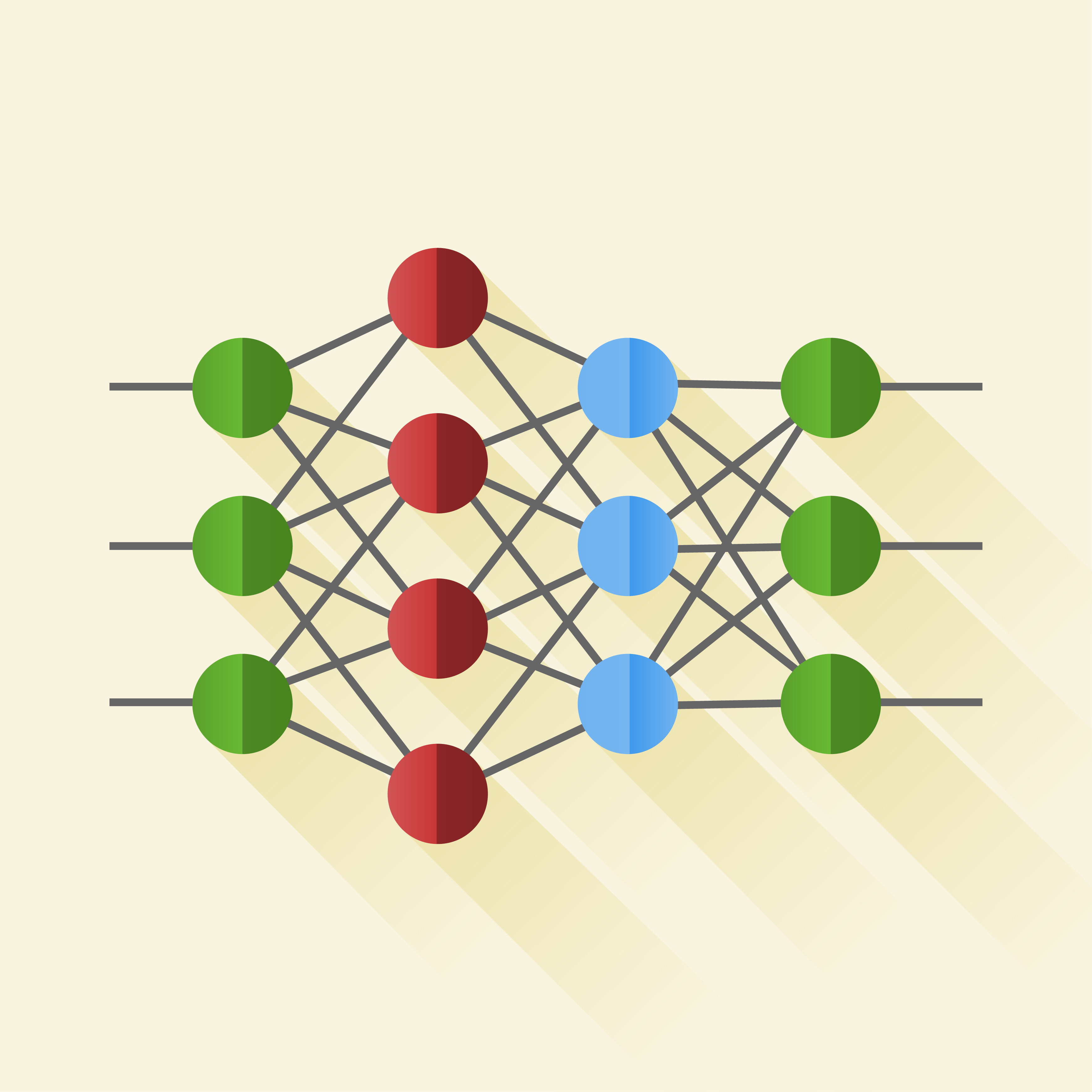Poker Ai Neural Network
AI Uses Neural Networks for Poker Intuition March 07, 2017 Katie Callahan 5 DeepStack, one of many recent computers to face off against human beings, defeated 11 professional poker players in. Deep learning is based on artificial neural networks—networks of mathematical functions that are iteratively reorganized until they accurately map the data describing a given problem to its. Inside Libratus, the Poker AI That Out-Bluffed the Best Humans. For almost three weeks, Dong Kim sat at a casino and played poker against a machine. Deep neural networks get most of the.
DeepStack, one of many recent computers to face off against human beings, defeated 11 professional poker players in heads-up no-limit hold’em, according to a study published in Science this month.
Of the 11 players, DeepStack defeated 10 of them in December 2016 by statistically significant margins after the study authors had the computer undergo deep learning training to teach the bot to develop poker intuition for any situation.
The computer looked up two copies of the same network in its neural network, namely for the first three shared cards and then again for the final two, trained on 10,000 randomly drawn poker games, reported Ars Technica.
The researchers recruited 33 players through the International Federation of Poker.
Only 11 players finished 3,000 matches over the course of a four-week period and DeepStack’s neural networks were what allowed it to essentially “learn” and model higher-level concepts while it ran on a gaming laptop (NVIDIA GTX 1080). DeepStack was developed by researchers at the University of Alberta and a number of Czech universities.
DeepStack works through situations as humans would, learning pieces of the game as it goes and create a strategy to defeat the humans.

“In some sense this is probably a lot closer to what humans do,” said Michael Bowling, professor of machine learning and the study author, to Scientific American. “Humans certainly don’t, before they sit down and play, precompute how they’re going to play in every situation. And at the same time, humans can’t reason through all the ways the poker game would play out all the way to the end.”
DeepStack isn’t the only artificial intelligence out there. Carnegie Mellon’s Libratus recently beat four professional players with a more elite status on a supercomputer. Its technology is similar to that of DeepStack in the later stages of computing but it does not use the same neural networks, according to Scientific American. DeepStack also won by larger margins.
Past attempts with Claudico didn’t pan out, but Google DeepMind’s Alpha Go beat pros at the game, go. Even more notably, 20 years ago, Deep Blue beat World Chess Champion Garry Kasparov at his own game.
This finding reveals a lot about artificial intelligence’s ability to master imperfect information games beyond abstraction (or computing how to play in every situation before the game begins).
Lead image courtesy of Thigala shri/Flickr
Tags
Poker PlayersAI
- The mathematical breakthrough helps AI applications like speech recognition, gesture recognition, and ECG classification to become a hundred to a thousand times more energy efficient
For all of its power and promise, artificial intelligence has some big drawbacks — its massive carbon footprint is one of them.
Training a ‘regular’ AI using a single high-performance graphics card produces the same amount of carbon as a flight across the United States, according to MIT Technology Review. That’s because AI requires so much data. All of it must be captured, stored, analyzed, and sent out, and this requires vast amounts of processing power. Data centers require more servers, larger footprints, and cooling.
As the tech industry continues to advance in applications of AI, and consumers and enterprise take for granted the results in better products and services, there is growing pressure to address and tackle AI’s environmental impact.
READ NEXT
Growing tech markets: From chips to data to energy
Energy-efficient AI
In the hopes of reducing that damage, researchers at the Centrum Wiskunde & Informatica (CWI), the Dutch national research center for mathematics and computer science, and IMEC/Holst Research Center from Eindhoven in the Netherlands, have successfully developed a learning algorithm for spiking neural networks (SNNs).
Neural Networks Pdf
The mathematical breakthrough published in a paper catchily entitled ‘Effective and Efficient Computation with Multiple-Timescale Spiking Recurrent Neural Network’, helps AI applications like speech recognition, gesture recognition, and ECG classification to become up to a thousand times more energy efficient.
These breakthroughs, said researcher and professor of cognitive neurobiology, Sander Bohté, make AI algorithms “a thousand times more energy efficient in comparison with standard neural networks, and a factor hundred more energy efficient than current state-of-the-art neural networks.”

Brain-inspired AI
SNNs are artificial neural networks that more closely mimic natural neural networks or the way the human brain processes information. In the past, computers have imitated the brain’s neuronal networks to produce applications like image recognition, speech recognition, automatic translation, to medical diagnoses. But, so far, they have lacked in efficiency, and have required up to a million times more energy than the human brain.
Neural Network Software
SNNs require a lot less frequency in communication and involve minimum calculations for performing a task.
“The communication between neurons in classical neural networks is continuous and easy to handle from a mathematical perspective. Spiking neurons look more like the human brain and communicate only sparingly and with short pulses. This, however, means that the signals are discontinuous and much more difficult to handle mathematically,” added Bohté.
YOU MIGHT LIKE
INNOVATION
How tech companies are moving into the energy sector
As of today, Bohté’s methods are capable of training spiking neural networks comprised of up to a few thousand neurons. Typically less than classical neural networks, the new method is still sufficient for many applications like speech recognition, ECG classification, and the recognition of gestures. The next challenge facing Bohté and his team of researchers will be to further expand the application possibilities and scale up these networks to one hundred thousand or a million neurons.
The underlying mathematical algorithms have been made available open-source, while prototypes for the new types of chips necessary to run spiking neural networks are already in development.
The environmental impact of AI and data is no secret. The latest breakthrough by researchers looks set to bring about more efficient tools readily available and primed for further development. At the same time, this alternative could enable the running of applications on small AI devices like chips or smartwatches with less need for cloud intervention.
15 December 2020
Poker Ai Neural Networks
14 December 2020
Ai Neural Networks
14 December 2020